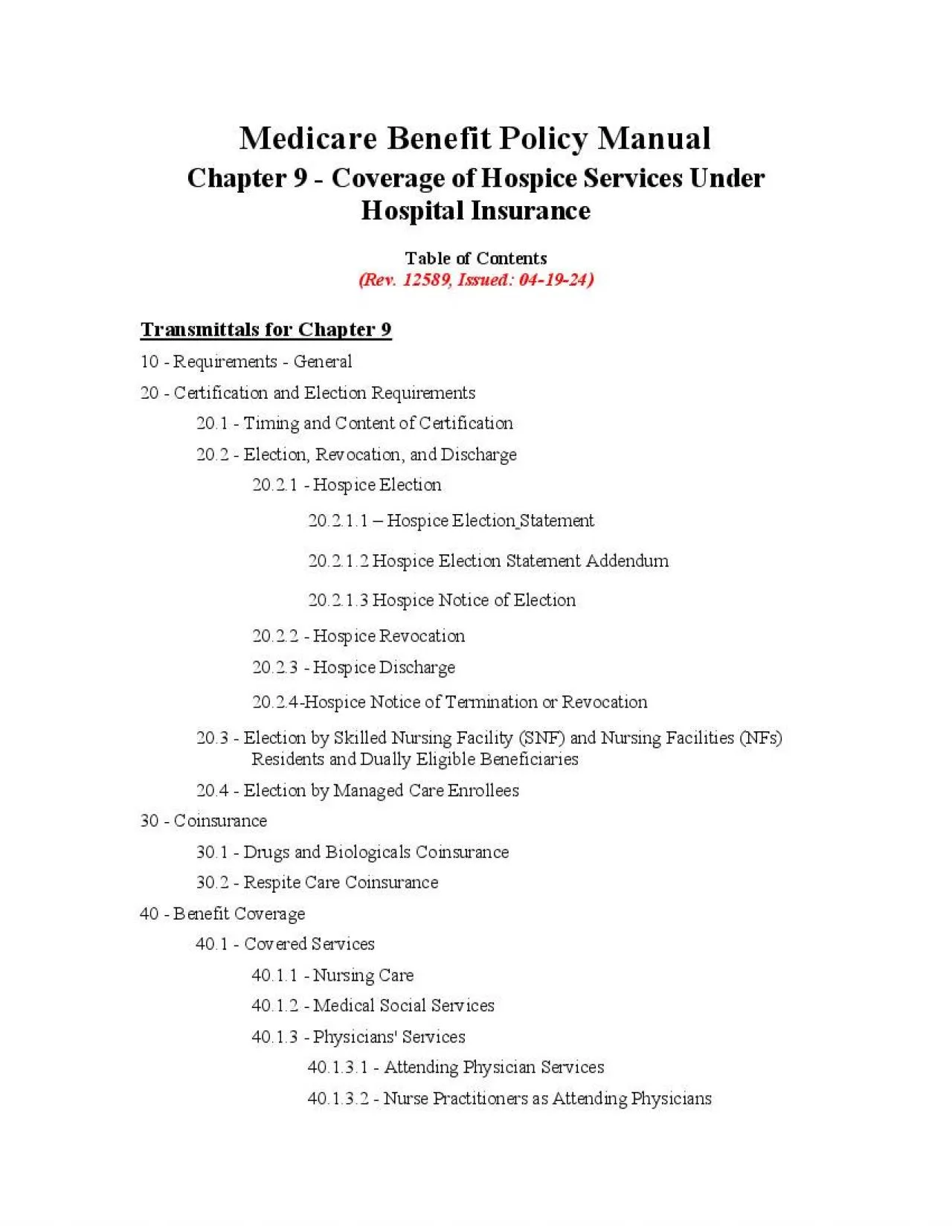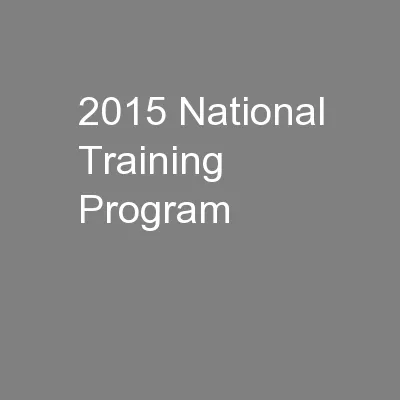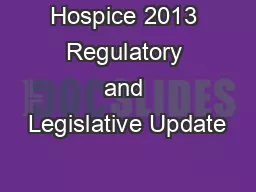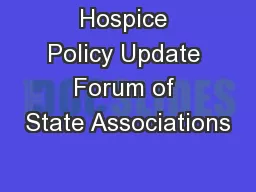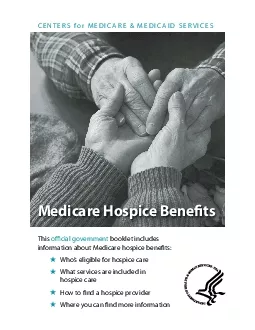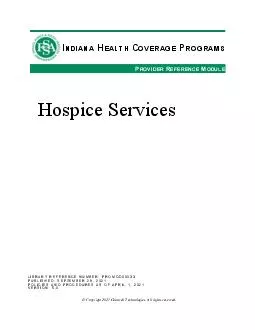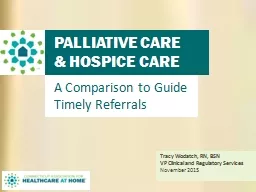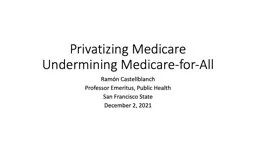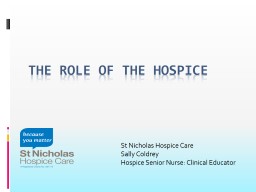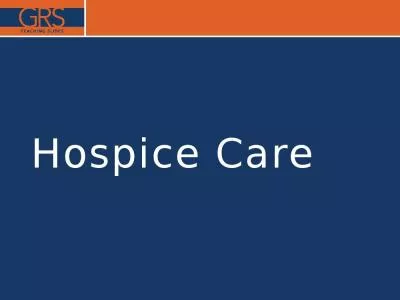PDF-Medicare Benefit Policy ManualChapter 9 Coverage of Hospice Services U
Author : anastasia | Published Date : 2021-10-05
Transmittals for Chapter 9Requirements GeneralCertification and Election RequirementsTiming and Contentof CertificationElection Revocation and DischargeHospice ElectionHospice
Presentation Embed Code
Download Presentation
Download Presentation The PPT/PDF document "Medicare Benefit Policy ManualChapter 9 ..." is the property of its rightful owner. Permission is granted to download and print the materials on this website for personal, non-commercial use only, and to display it on your personal computer provided you do not modify the materials and that you retain all copyright notices contained in the materials. By downloading content from our website, you accept the terms of this agreement.
Medicare Benefit Policy ManualChapter 9 Coverage of Hospice Services U: Transcript
Download Rules Of Document
"Medicare Benefit Policy ManualChapter 9 Coverage of Hospice Services U"The content belongs to its owner. You may download and print it for personal use, without modification, and keep all copyright notices. By downloading, you agree to these terms.
Related Documents

